Anfield Energy Inc is a company that specializes in uranium and vanadium production. Their team is comprised of professionals from diverse backgrounds who are collectively working towards a common goal of fueling carbon-free, sustainable clean energy solutions. They are optimally positioned to harness the energy of the future. They have developed an innovative hub-and-spoke production strategy that leverages the unique characteristics of the Shootaring Mill in uranium-vanadium production.
Anfield has submitted its plan to reactivate production at the Shootaring Canyon uranium mill to the State of Utah’s Department of Environmental Quality. The Vancouver-based company said it is scheduling the mill restart for 2026 – it has been on standby since 1982.
The plan covers an increase in mill throughput capacity to one thousand tons of ore per day from seven hundred and fifty tons per day. This amounts to an increase in annual uranium production capacity to three million pounds from one million pounds. The Shootaring mill is one of only three licensed, permitted and constructed conventional uranium mills in the USA.
The company issued a statement that read, “The plan addresses the updating the mill’s radioactive materials license from its current standby status to operational status and the increasing of both throughput capacity and the tripling of licensed production capacity. Following approval of the reactivation plan and mill refurbishment, Anfield will be able to both recommence uranium production and start vanadium production in 2026 – joining a select group of North American and US uranium producers meeting the resurgence in uranium demand.”
Anfield purchased the Shootaring Canyon mill in 2015. The conventional acid-leach facility had been owned and operated by Uranium One since 2007. However, the Canadian-based and Russian-owned company’s mining operations are focused on in-situ leach production methods. The mill was built in 1980 and commenced operations in 1982. It operated for about six months, before operations ceased due to the depressed price of uranium. During its time of operation, it produced and sold two thousand eight hundred and twenty-five pounds of U3O8. Surface stockpiles at the facility include an estimated three hundred and seventy thousand pounds of U3O8 at an average grade of 0.147 percent. Anfield agreed in August 2014 to purchase the mill and a portfolio of uranium assets from Uranium One in a deal worth five million dollars.
Anfield said that early-stage refurbishment of Shootaring will take place during the review of the restart application. This will prepare the company to complete refurbishment as soon as the restart application is approved.
Corey Dias is the CEO of Anfield. He said, “We at Anfield are very proud of achieving the important milestone of submitting the production restart application for Shootaring. This is an achievement which has taken close to eighteen months of engineering and design input to complete and it caps a decade of methodical and strategic progression in asset development.
Dias added that “Since acquiring the Shootaring Canyon mill in 2015, we have maintained the facility, waiting for the right market conditions to return the mill to production status. With uranium reaching highs of greater than USD100 per pound earlier this year, and a global environment in which demand is expected to continue outstripping supply, we believe this is the ideal time to advance our uranium assets to production.”
Blog
-
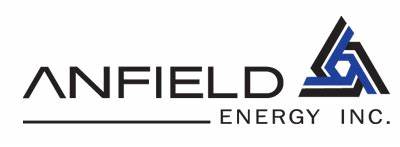
Nuclear Reactors 1371 – Anfield Energy Is Refurbishing The Shootaring Canyon Uranium Mill
-
Nuclear News Roundup April 16, 2024
Russia vetoes UN vote on nuclear weapons in space kyivindependent.com
“Fruitless and Harmful”: Iranian Media Criticizes Official’s Nuclear Rhetoric irannewsupdate.com
Lawsuit challenges $1 billion in federal funding to sustain California’s last nuclear power plant apnews.com
Lukashenko regrets Belarus lost nuclear weapons after Soviet Union’s collapse Pravda.com.ua
-
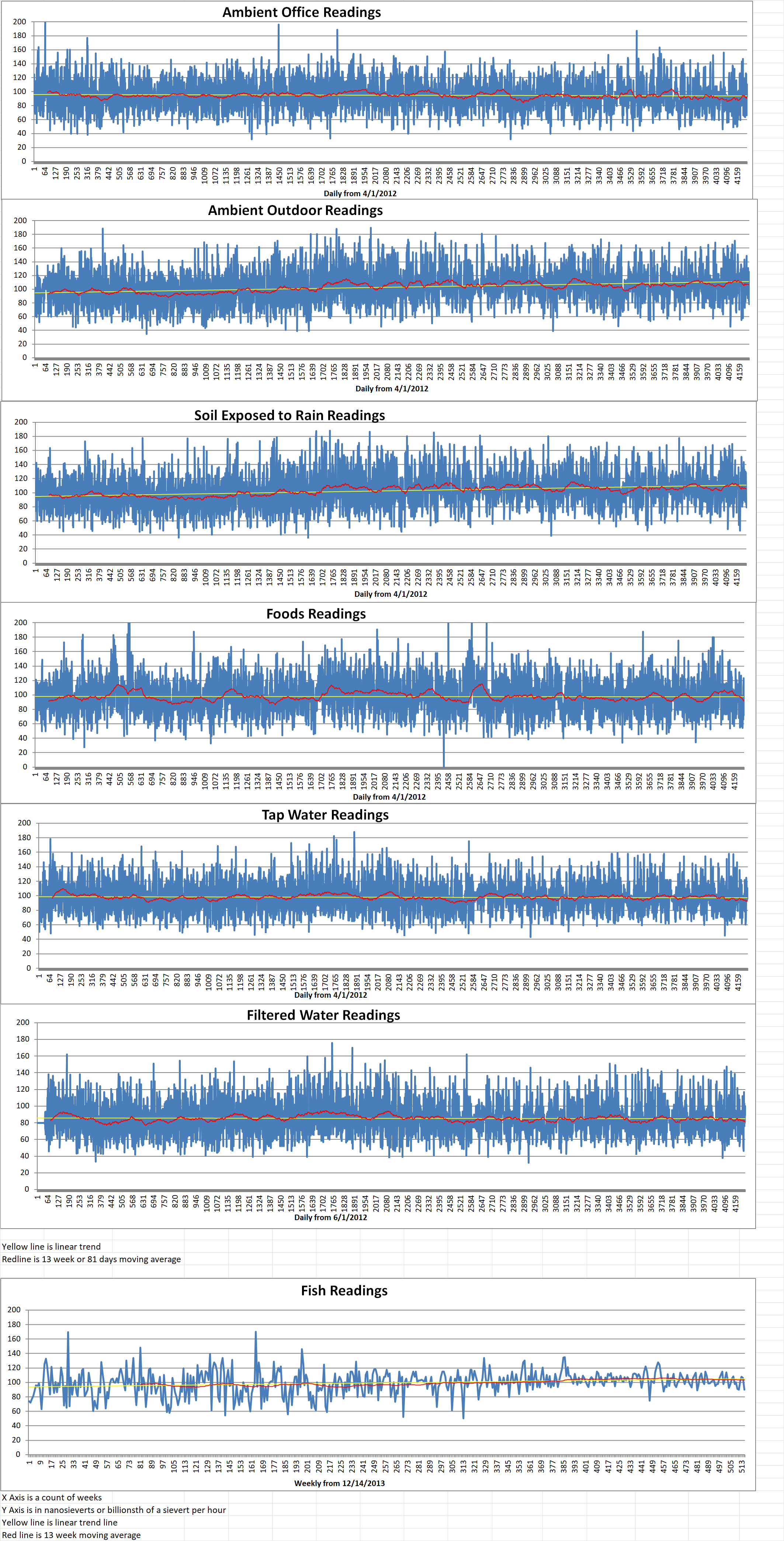
Geiger Readings for April 16, 2024
Ambient office = 95 nanosieverts per hour
Ambient outside = 78 nanosieverts per hour
Soil exposed to rain water = 79 nanosieverts per hour
Mini cucumber from Central Market = 107 nanosieverts per hour
Tap water = 106 nanosieverts per hour
Filter water = 99 nanosieverts per hour
-

Radioactive Waste 929 – New Online Tools Shows Plumes Of Radioactive Contamination In Ground Water Under Hanford
A new online tool is allowing people to see how radioactive contamination is moving through plumes underground at Hanford, Washington, and other U.S. Department of Energy sites across the country.
At Hanford, millions of gallons of radioactive liquid waste and many toxic chemicals leaked into the ground water from production of plutonium during World War II and the Cold War. Much of the radioactive liquid and toxic chemicals was dumped or injected into the ground in cribs, pits, trenches and injection wells, according to the Washington State Department of Ecology.
Primary contaminants of concern in the soil and ground water under Hanford include uranium, technetium-99, iodine-129, tritium, carbon tetra chloride, chromium, nitrates and strontium-90.
The newly developed online tool is called Tracking Restoration And Closure (TRAC). It maps the plumes and visualizes them as animations on a screen for viewers. Near the Columbia River, blobs of color move and expand depending on treatment of the radioactive plumes.
April Kluever is the Acting Director of Subsurface Closure at DoE Headquarters. She said, “I could imagine somebody who lives along the Columbia River, either as a new resident, new to the area, or they’ve lived there for a while… perhaps they read a newspaper article or they have something that sparks their interest, and they want to know more. There’s this site, Hanford. Or I heard about this in (the movie) Oppenheimer, Hanford. You can go to TRAC and you can learn all of the information.”
Kluever said that all of the data is being uploaded across the DoE complex, and the data updates of the TRAC program will soon be done every year across the Hanford complex.
The tool shows which remediation technologies are being used, where the contaminated radioactive plumes are going and what progress has been made. It will even display the groundwater standard that the U.S. Department of Energy (DoE) is trying to meet, and the concentration of radioactive contamination in the plume.
Kluever said. “We have some of the most complex cleanup scenarios in the world, and we know that. We are instituting some of the most cutting-edge technologies to address these most complex scenarios in the world.”
Kluever added that people cleaning up other public or private environmental sites might be able to use the map as a resource, to help understand new technologies that are available, she said.
A three-dimensional view of the map is not available yet. However, the DoE is interested in making the map even more useful in the future, Kluever added.
Kluever went on to say that the DoE hopes to use a similar sort of tool to show soil and closed Hanford tanks of radioactive waste that are being cleaned up in the future.
“We started with groundwater because we had a lot of data and it was relatively easy to show in a visual platform like this,” Kluever said.
The TRAC system cost about $750,000 to start up from 2018 through 2023, and costs as much as $50,000 to maintain each year. -
Nuclear News Roundup April 15, 2024
The Latest | World leaders call on Iran and Israel to avoid allowing conflict to worsen apnews.com
Kozloduy NPP gets first delivery of Westinghouse nuclear fuel seenews.com
Meetings set on Xcel Energy’s Prairie Island Nuclear Plant proposal republicaneagle.com
Second tier of containment installed for BREST-OD-300 world-nuclear-news.org
-
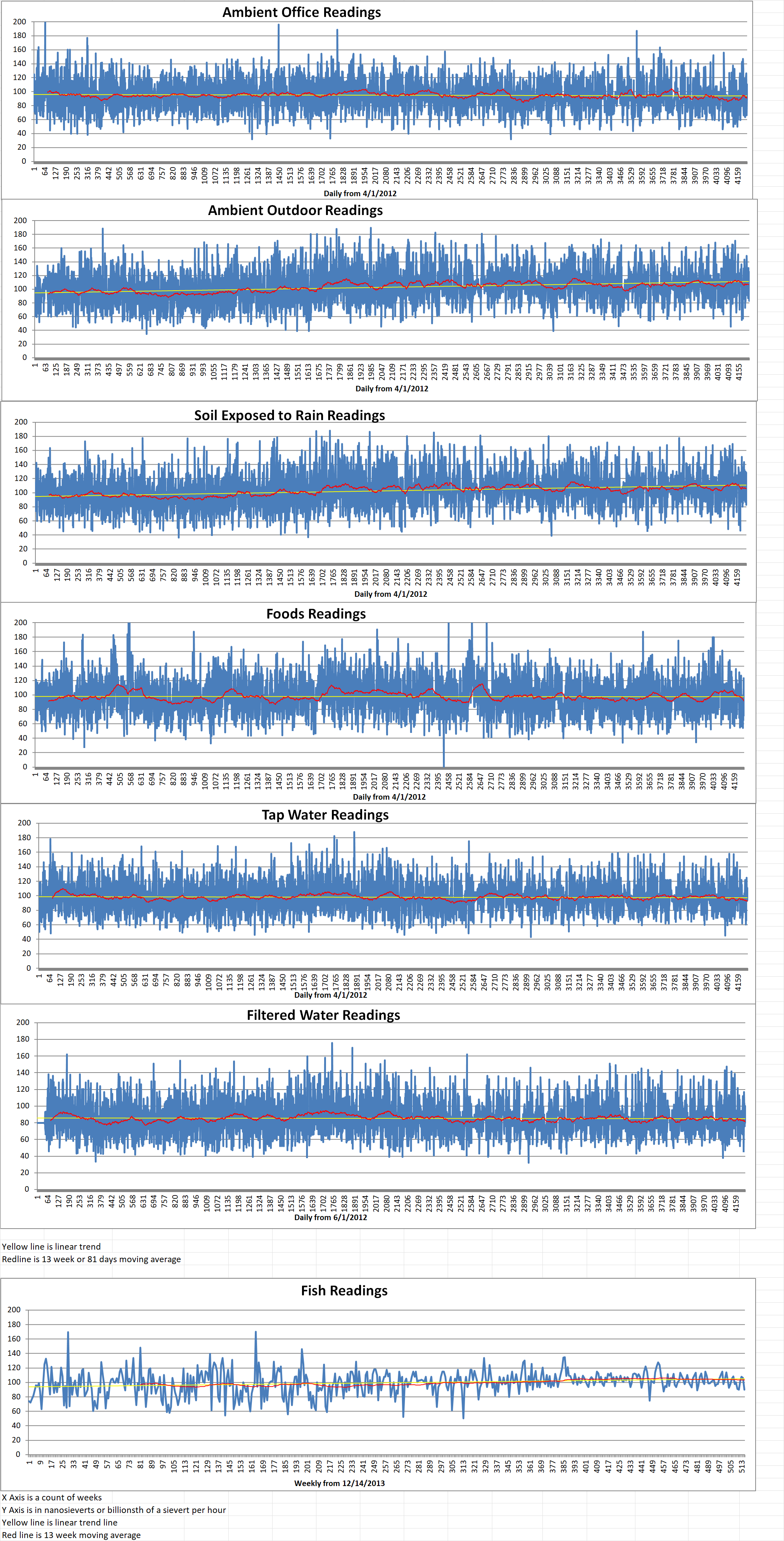
Geiger Readings for April 15, 2024
Ambient office = 93 nanosieverts per hour
Ambient outside = 93 nanosieverts per hour
Soil exposed to rain water = 92 nanosieverts per hour
Hierloom tomato from Central Market = 72 nanosieverts per hour
Tap water = 96 nanosieverts per hour
Filter water = 89 nanosieverts per hour
-
Nuclear News Roundup April 14, 2024
U.S. To Place Nukes Near Russian Border? NATO Nation Says ‘Ready To Host Nuclear Weapons As… hindustantimes.com
Nuclear waste storage facility told to take action after breach bbc.com
Russia to Increase Its Security if Poland Hosts Nuclear Weapons telesurenglish.net
Israeli attack on nuclear sites to prompt tit-for-tat, pursuing nukes: Iran Aljazeera.com
-
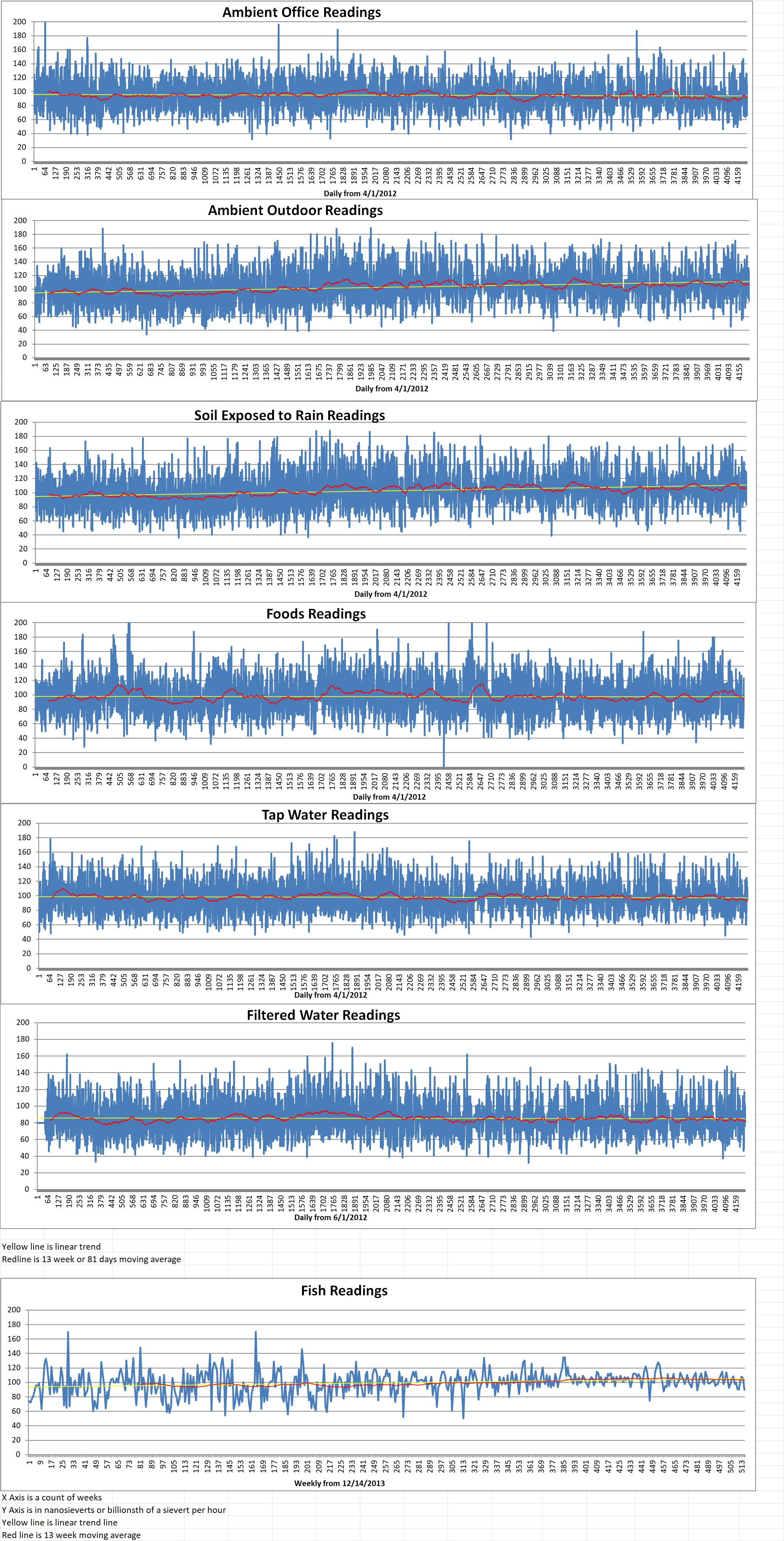
Geiger Readings for April 14, 2024
Ambient office = 111 nanosieverts per hour
Ambient outside = 83 nanosieverts per hour
Soil exposed to rain water = 83 nanosieverts per hour
Garlic from Central Market = 123 nanosieverts per hour
Tap water = 111 nanosieverts per hour
Filter water = 100 nanosieverts per hour
-
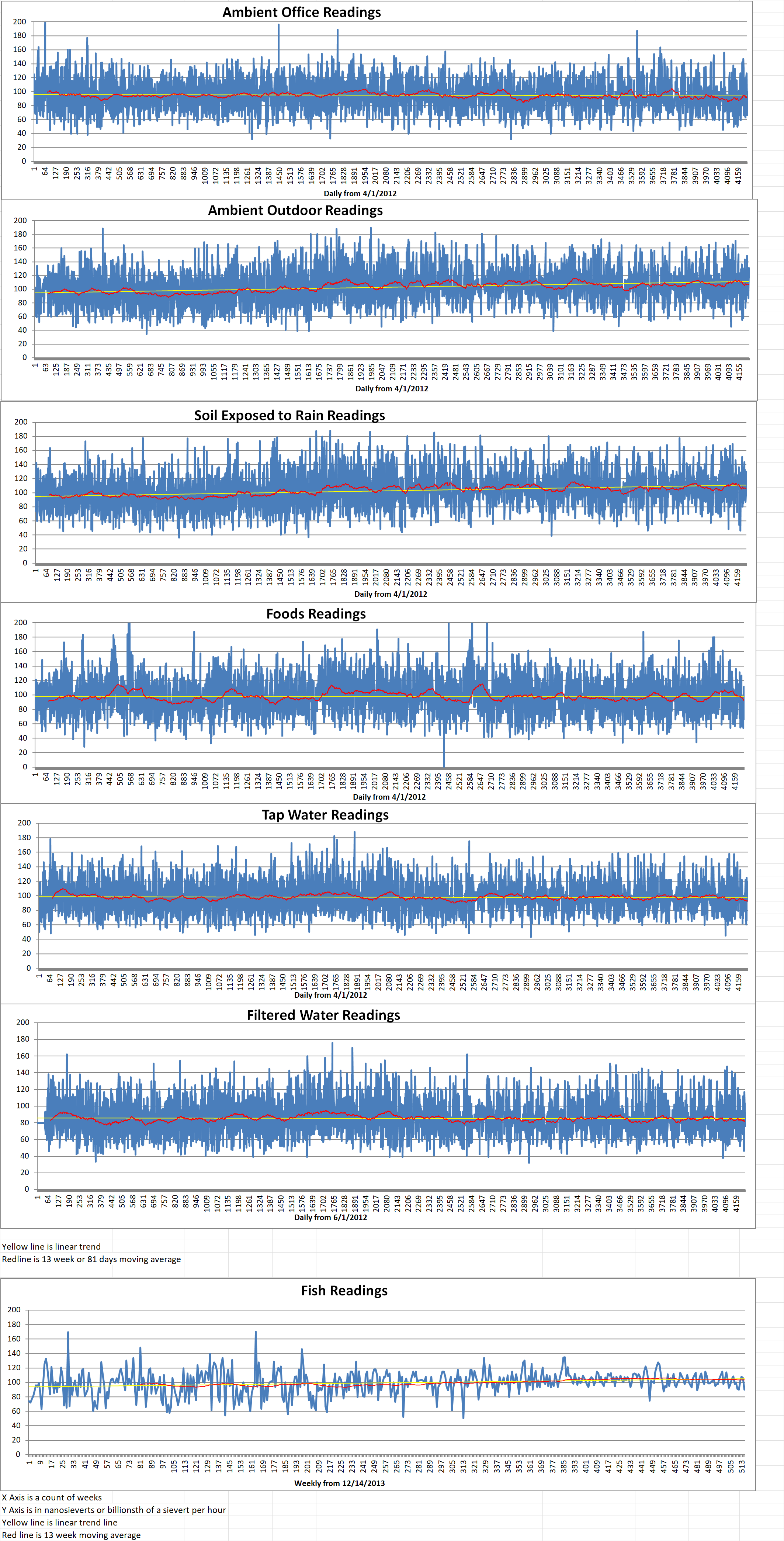
Geiger Readings for April 13, 2024
Ambient office = 100 nanosieverts per hour
Ambient outside = 126 nanosieverts per hour
Soil exposed to rain water = 128 nanosieverts per hour
English cucumber from Central Market = 111 nanosieverts per hour
Tap water = 94 nanosieverts per hour
Filter water = 80 nanosieverts per hour
Dover Sole from Central = 90 nanosieverts per hour
